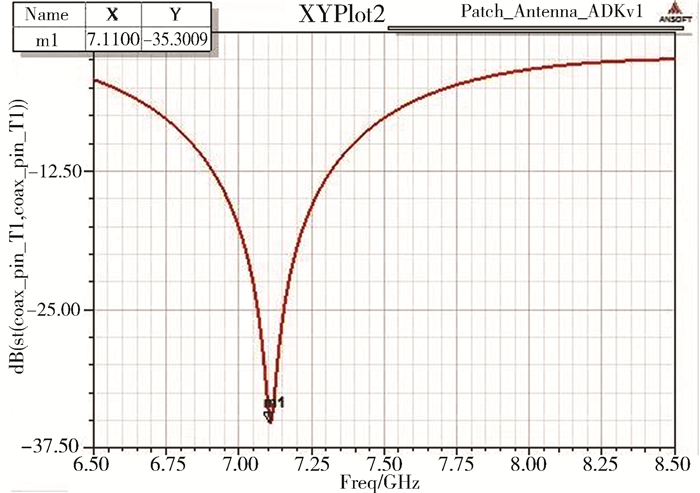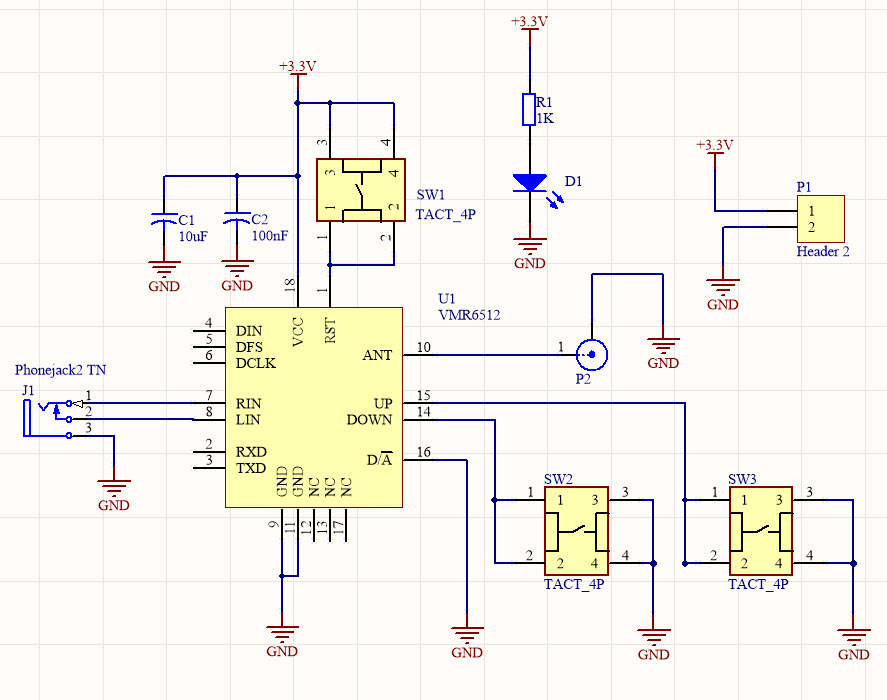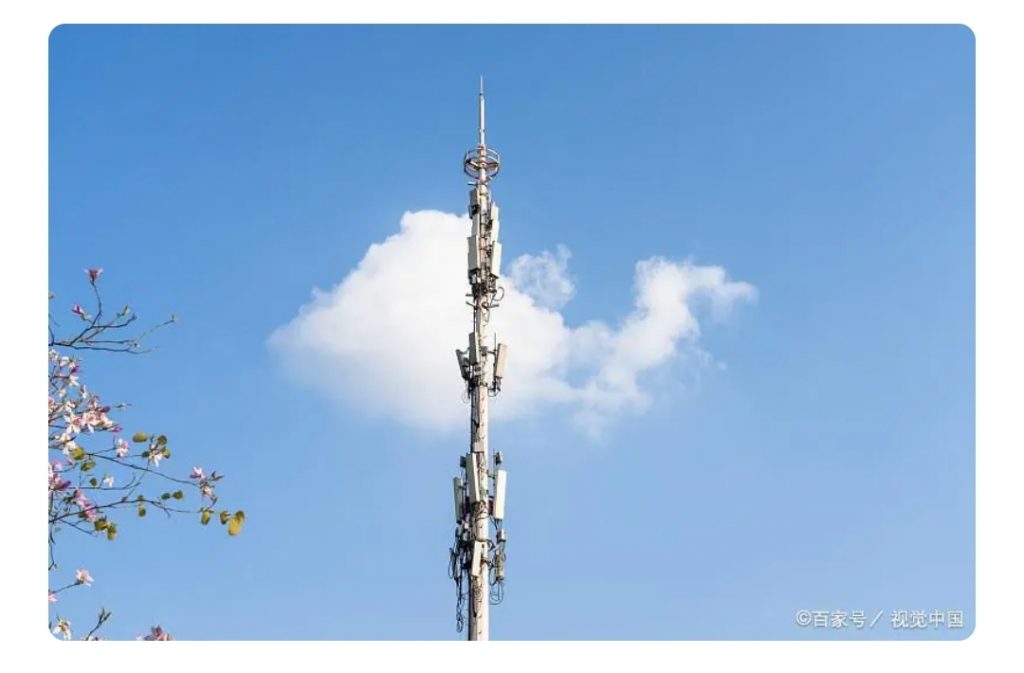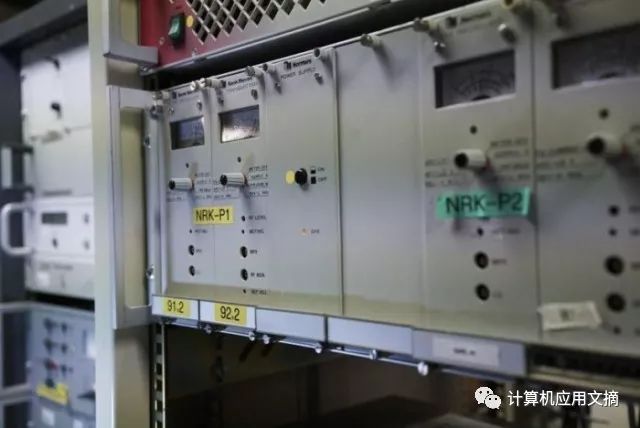While electric vehicles can help curb our dependence on fossil fuels, they also pose a serious threat to the radio industry, especially medium wave radios. Some EV makers are ditching AM because of sound quality concerns, but that’s only part of the mystery, as radios are still fighting to take up space on car dashboards.

As automakers increase the number of electric vehicles in their product lines, the availability of medium-wave radios to consumers also declines, said Puja Nair, a communications systems engineer at Xperi, in a guest commentary on Radio World. This is because the effects of electromagnetic interference on electric vehicles are more pronounced than on gasoline vehicles.
In other words, the electromagnetic frequencies produced by electric vehicles crowd out the same wavelengths of medium-wave radio signals. Competing signals conflict with each other, causing them to cancel each other out. As electric vehicle motor power increases, medium wave electrostatic interference also tends to increase.
In general, this has led to a growing number of EV manufacturers phasing out AM radios. As Drive’s James Gilboy mentioned in a recent article, companies like Audi, BMW, Porsche, Tesla, and Volvo are already selling products without AM radios, and that’s already the case It has been going on for many years.
According to Gilboy, BMW and Volvo said they ditched AM radios because of the sound quality problems caused by the electronic interference mentioned above, and the electromagnetic interference generated by the powertrain of electric vehicles is too great. He said the car’s engine and other complex electronics will always generate electromagnetic interference, but “low-power electrostatic interference is relatively easy to shield”.
Still, not all automakers have given up on AM radios. Gilboy noted that Ford, GM and Stellantis have produced or are currently producing electric vehicles with medium-wave radios, and even have medium-wave radios on their flagship models. That’s true of everything from Ford’s F-150 “Lightning” and Mustang Mach-E to the Chevrolet Bolt EUV and GMC “Hummer.”
In Europe, the shift to electric vehicles and the subsequent phase-out of AM radios is more pronounced. This summer, the EU’s 27 member states agreed on a law to end sales of new gasoline-powered vehicles by 2035. The measure is designed to help meet the continent’s climate goals, particularly carbon neutrality by 2050.
In 2015, Radio Information reported that medium-wave radio stations from France to the Netherlands and Russia were shutting down. The legacy frequencies have been largely replaced by the DAB format. According to the latest data released by WorldDAB, 95% of new cars sold in major European markets in 2021 will have DAB+ radio as standard.
From a broader perspective, the average level of listening to AM/FM is slowly declining, according to Jacobs Media’s annual technology survey results. The 2022 survey shows that 86% of people listen to AM/FM radio for 1 hour or more each weekday on any device. This is down from 88% in 2021 and 90% in 2020.
Going back to the aforementioned engineer, Puja Nair, she said that instead of removing medium-wave radio service from electric vehicles, automakers should control the growth of electromagnetic interference and provide the advantages of medium-wave full digital high-definition radio technology. of “The Greatest Consumer Audio Experience”








